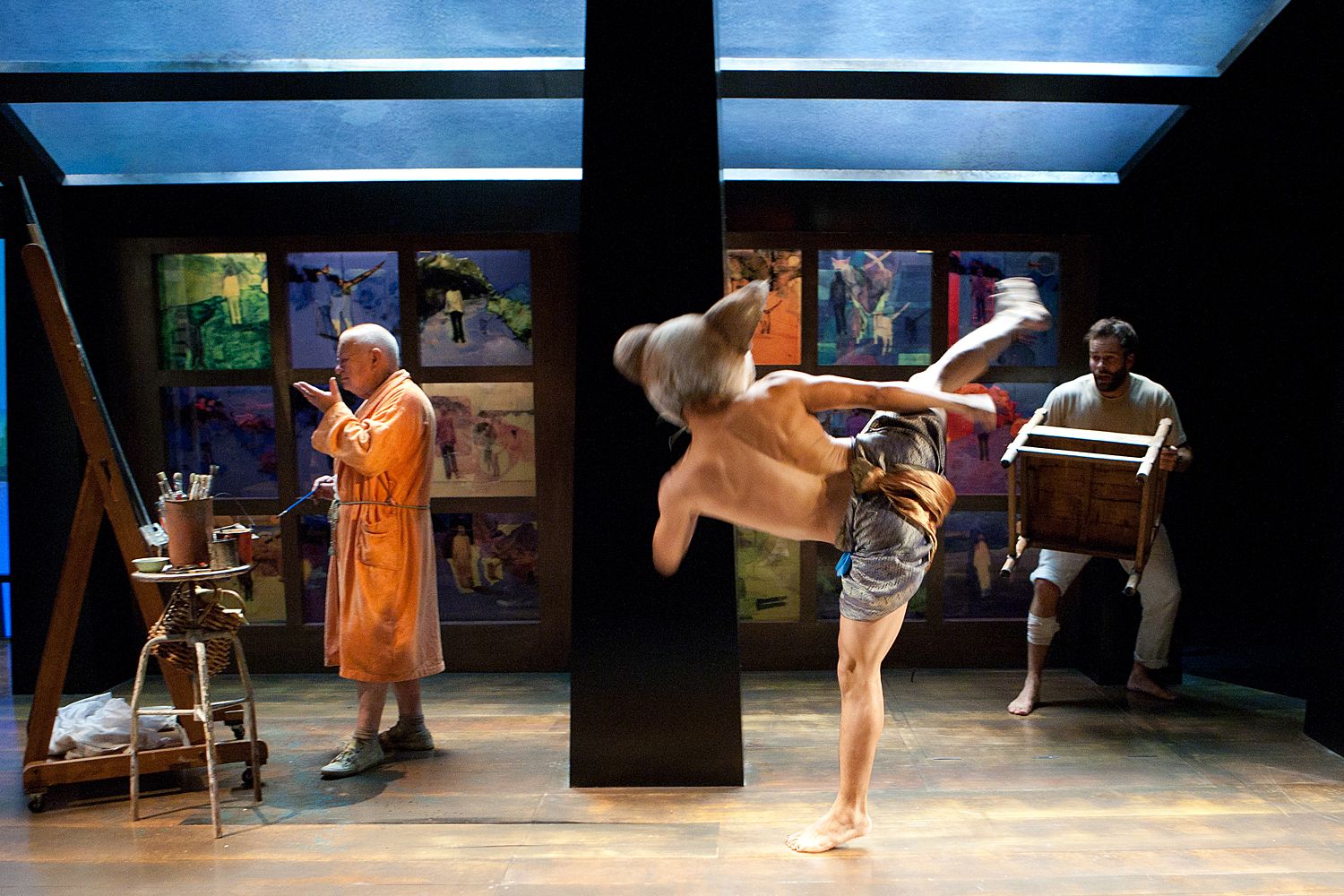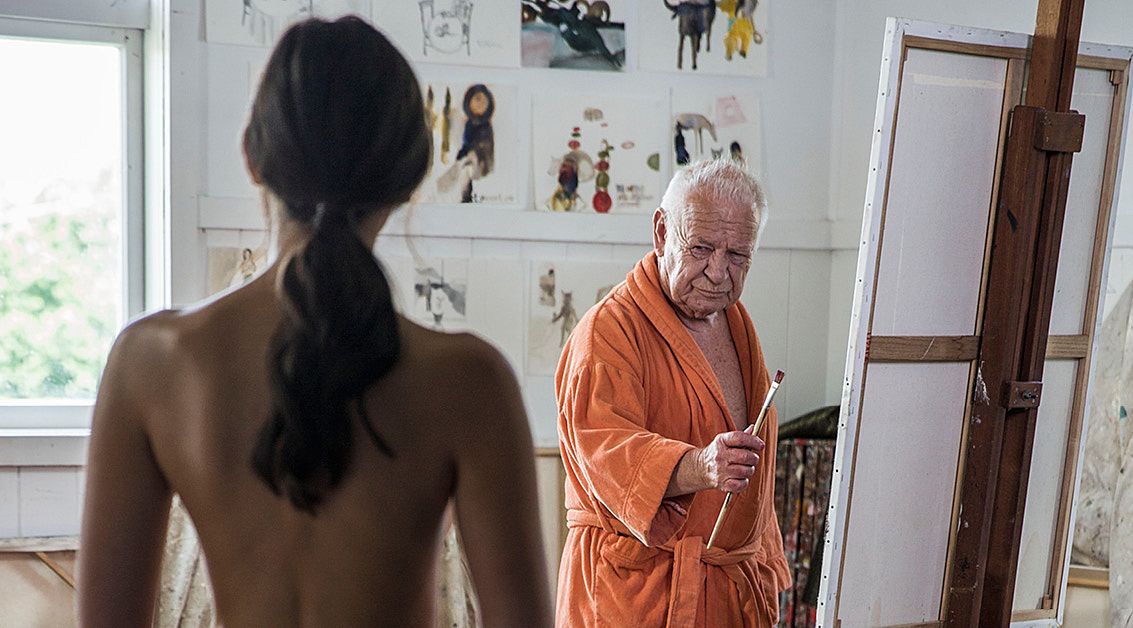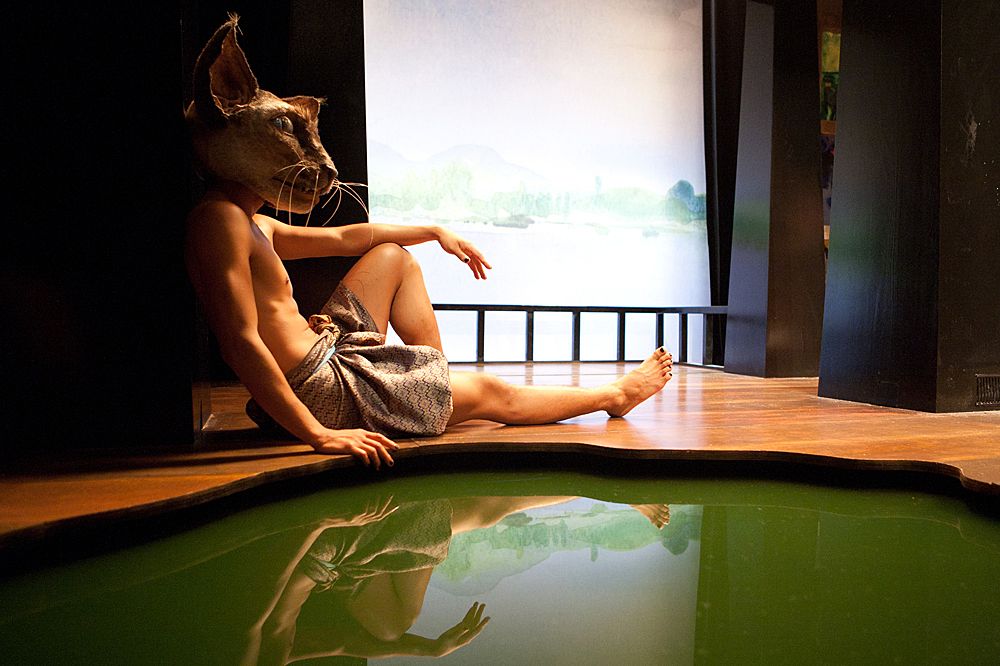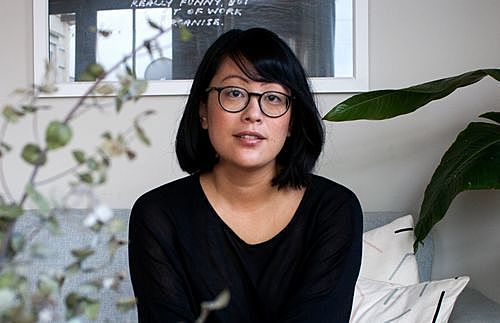Strange and Empty Plots: A Review of Spirit House
Spirit House meditates on the nature of art and the ghosts that feed it, but its mystery lacks an emotional core. And why is it even set in Thailand?
Spirit House meditates on the nature of art and the ghosts that feed it, but its mystery lacks an emotional core. And why is it even set in Thailand?
With New Zealand Opera’s problematic staging of the Mikado a current hot (or in their case, ignored) topic, I was naturally primed to feel anxious about Carl Bland and Ben Crowder's Spirit House. It's set in Nong Khai, Thailand, and the promo imagery – vague enough to fuel my (mistaken) assumption that an Asian character might be centrally situated within an overwhelmingly Pakeha male cast and crew – left me feeling uncomfortable.
But Spirit House is not that play. It’s quite consciously not that play, but suffers instead from problems of its own design. Set in parallel decades, it follows two artists in the same house – a painter in 1932, and a conceptual artist in 2017 – both struggling with their work, both visited by the same woman, and both hounded by the same Siamese cat named Claude (Min Kim).
The painter, Charles Dixon (Ian Mune) has spent years painting the same scene, over and over with McCahon-esque obsessiveness. Each time: a faceless girl and a cat, walking up a path, walking away from the viewer.
Decades later, another artist arrives at the house: conceptual trickster Steven Glenn (Tim Carlsen), a clumsy pastiche of Simon Denny with a catalogue of recent work that features a trade-show installation and a fake biennale. With his show only days away, he’s hunted down Dixon’s old studio, desperately hoping to find the seed for his next show.
Both artists are visited by Sonia (Mia Blake), a stranger spotted in the street and a muse for Charles (who’s tired, now, of painting objects – he wants to paint something ‘real’) and Steven’s dealer, lover, and voice of reason against his creative crisis.
Spirit House is touted as a mystery, but it’s not. We’re meant to wonder who Sonia is, but we don’t.
Spirit House is touted as a mystery, but it’s not. We’re meant to wonder who Sonia is, but we don’t. Her relationships with Charles and Steven never create intrigue: in part because of the panto-lite stylisation of the performances, and because the main purpose she serves is to be a body for the artists to talk to. With stakes that low, the big reveal is robbed of its much-needed gravity and it leaves Charles’ final scene (played with exquisite and devastating weight by Ian Mune) sitting strange and unearned. Plus: it throws the way she's been posing for Charles in a very weird light.
So what is it? If anything, it’s a rambling meditation on the nature of art and what inspires it. With Charles, we see how our own lives – our experiences of love, death, regret and fear – can be both ultimate muse and cruel block. Steven, on the other hand, spends so long shaping himself into a brand that he’s lost all sense of an authentic self. He’s no longer an original being – he uses accents for no apparent reason and his art depends on the appropriation and satirisation of existing work. Even his bandages are a mirror of Charles’, and when he finally tries to feel some pain of his own – well, that’s a pastiche too.
Their contrast is supported by Rachel Marlow’s lighting design – Charles’ world is framed in soft hues and Steven’s with a harsh light – and like all of Carl Bland and Ben Crowder’s work (360: A Theatre of Recollections, Te Pō) the production is a mesmerising act of theatrical magic: John Verryt’s seemingly naturalistic set holds unexpected delight: mice scuttle across the floorboards, bodies of water hold unknown depths, people appear and disappear with impossible logic, and Claude – designed by Main Reactor and played by Min Kim – adds a vital sense of the uncanny.
But… why Thailand? Bland wrote the play in Nong Khai, but there are only a few token references scattered throughout. There’s spectral live music by Pongsaporn Upani, who’s been flown over with the support of the NZ Embassy of Bangkok, and whose performance grounds the action in a specific culture, but without him, Thailand could just as easily be [insert literally any other country here].
It’s this perplexing lack of clarity – in the storytelling choices, in the stylised performances, and in the mashing together of its component elements – that deprives the show of a compelling core, and this means - disappointingly - that the questions Spirit House raises aren’t the ones it intends to.
Spirit House is at the Herald Theatre
16 Feb – 5 Mar
Tickets available here



